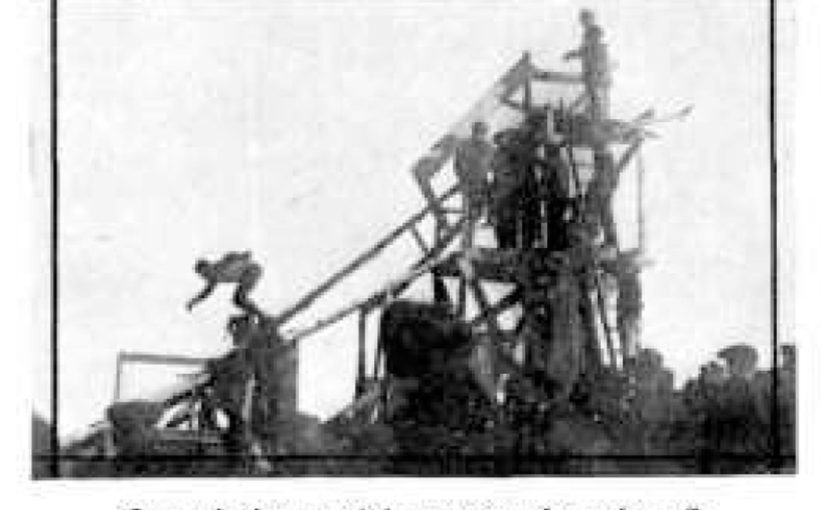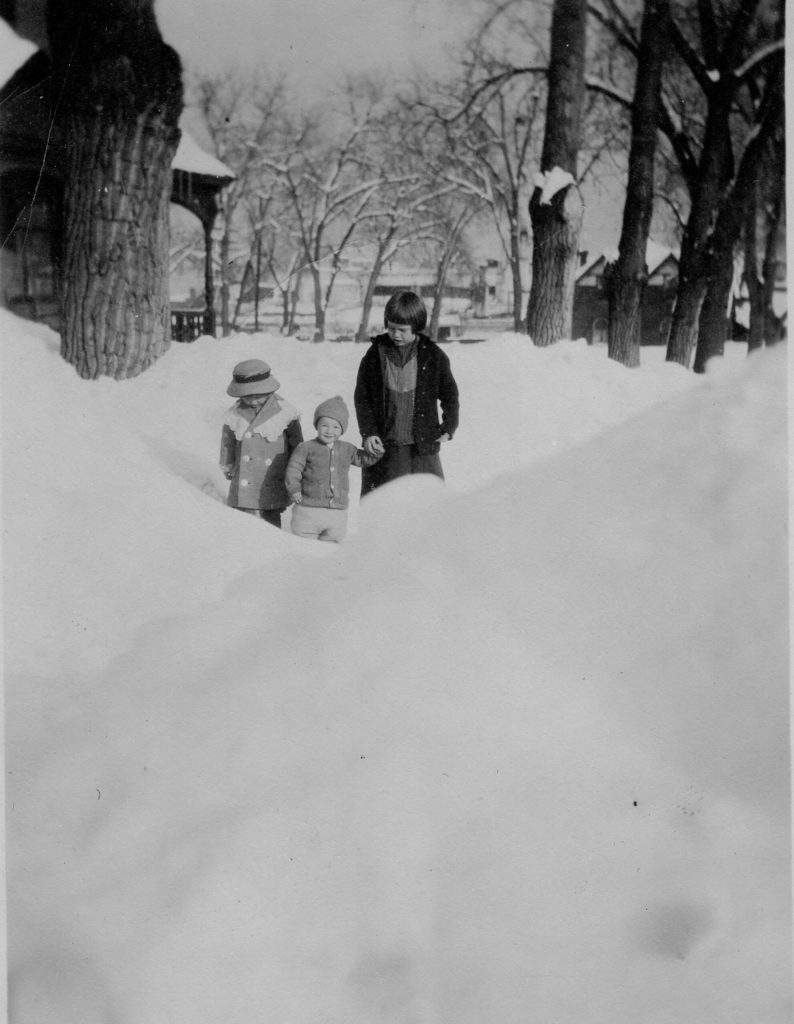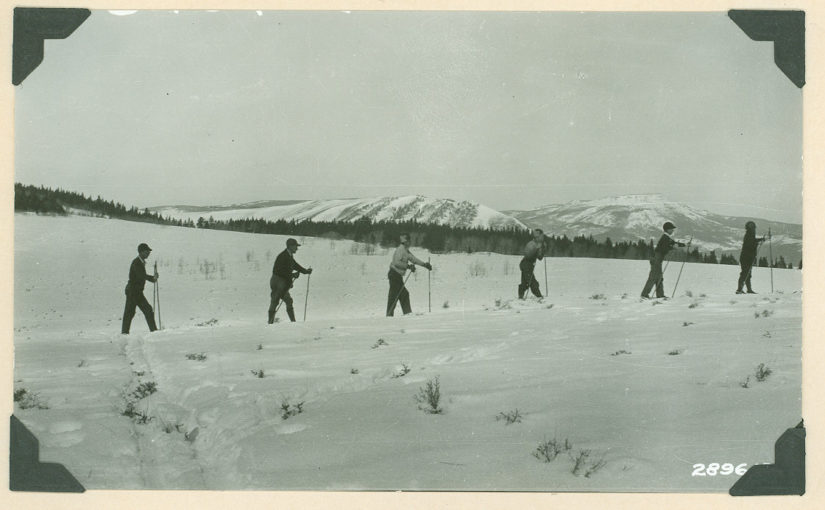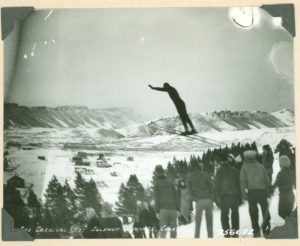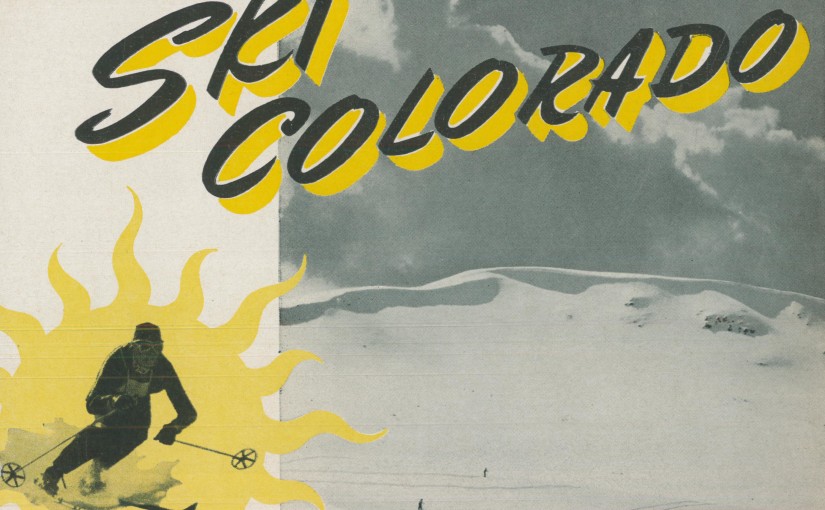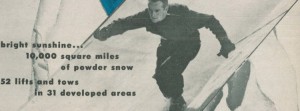Ski Jump at Dillon
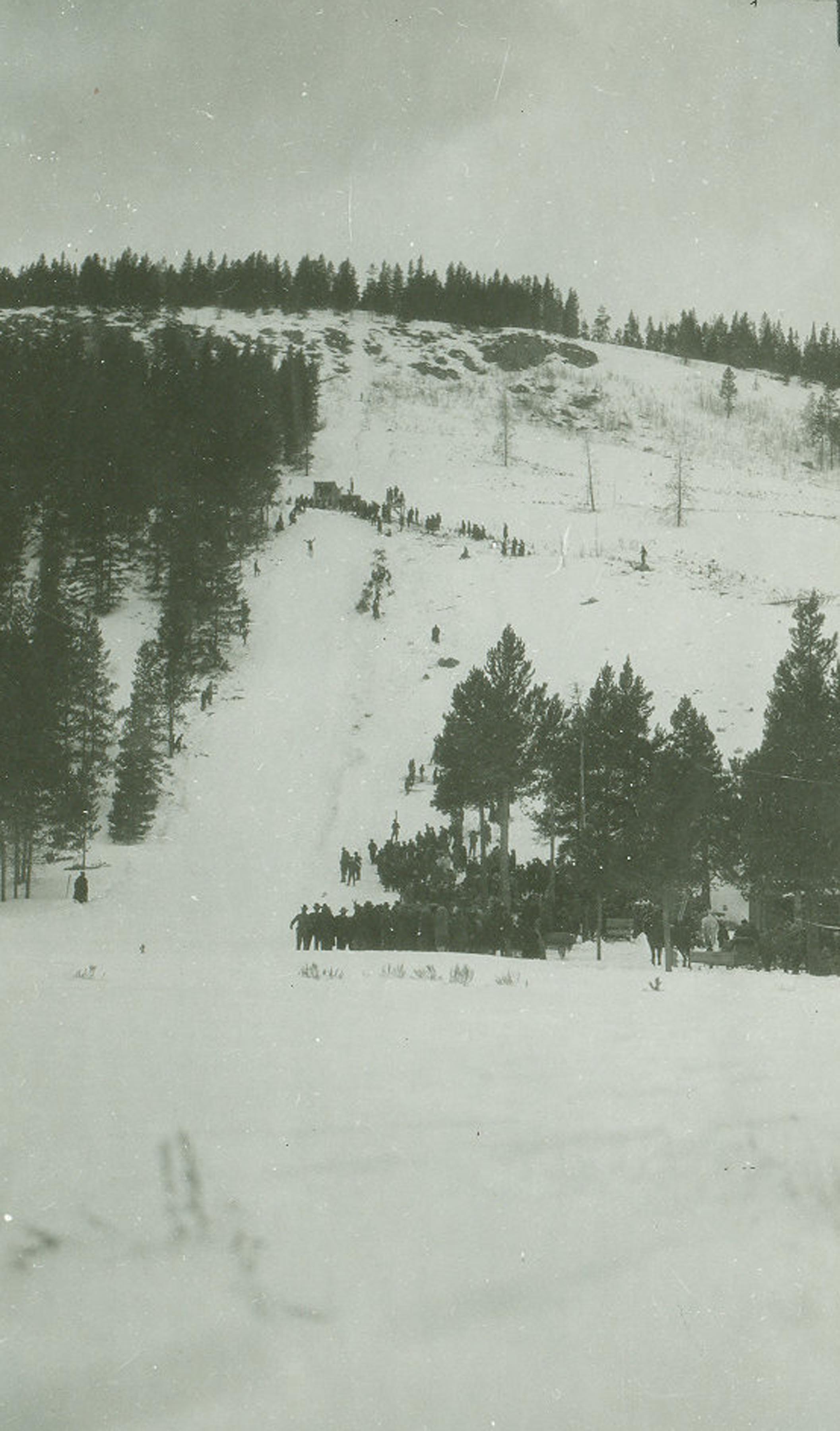
On the road to the Dillon dam look up near the spillway at the rock cut above from which ‘ski riders’ once launched onto a steep takeoff ramp to fly off a ski jump.
You can’t see where riders landed because that is now under the water of the reservoir. The jump came to be called Prestrud Jump for Peter Prestrud who created the hill in 1919. It was also called Haugen’s Hill for Anders Haugen who set the World Record there twice in 1919 and 1920 at 213 feet and 214 feet, respectively. (To see great photos of the ski riders, including Haugen, courtesy of the Summit County Historical Society, look at Lost Ski Areas of Colorado’s Central and Southern Mountains, our second book for The History Press.) This photo shows the jump with Haugen flying from it and spectators watching. This photo was not of high enough quality to be included in the book, but it is an historic photo created by LC Anderson for the US Forest Service, and it shows Haugen making a jump of 195 feet.
The rest of the story
One hundred years ago come next January, will be the centennial anniversary of when Anders Haugen led a US team to the 1924 Winter Olympics, the first winter games, in Chamonix, France, and he competed in ski jumping. Unfortunately, he did not win a medal because he leaned forward over his skis instead of standing up straight, so he was marked down on style points.
The actual length of the jump wasn’t good enough for a medal either. But hold on a minute, it was longer, by three feet! According to John Hafner, author of Strange But True, “Fifty years later, a Norwegian sports historian stumbled upon an apparent scoring error. To his amazement, the scores didn’t add up. Upon further checking, the Norwegian Olympic Committee confirmed that the American was the rightful owner of the bronze medal.”
More of the rest of the story
The committee invited Haugen to Oslo, Norway, in 1974. The now eighty-six-year-old Haugen received the bronze medal with the blessing of Anne Marie Magnussen, who wanted her father’s medal to be turned over to Haugen. He still stands as the only American to win an Olympic medal in ski jumping.
